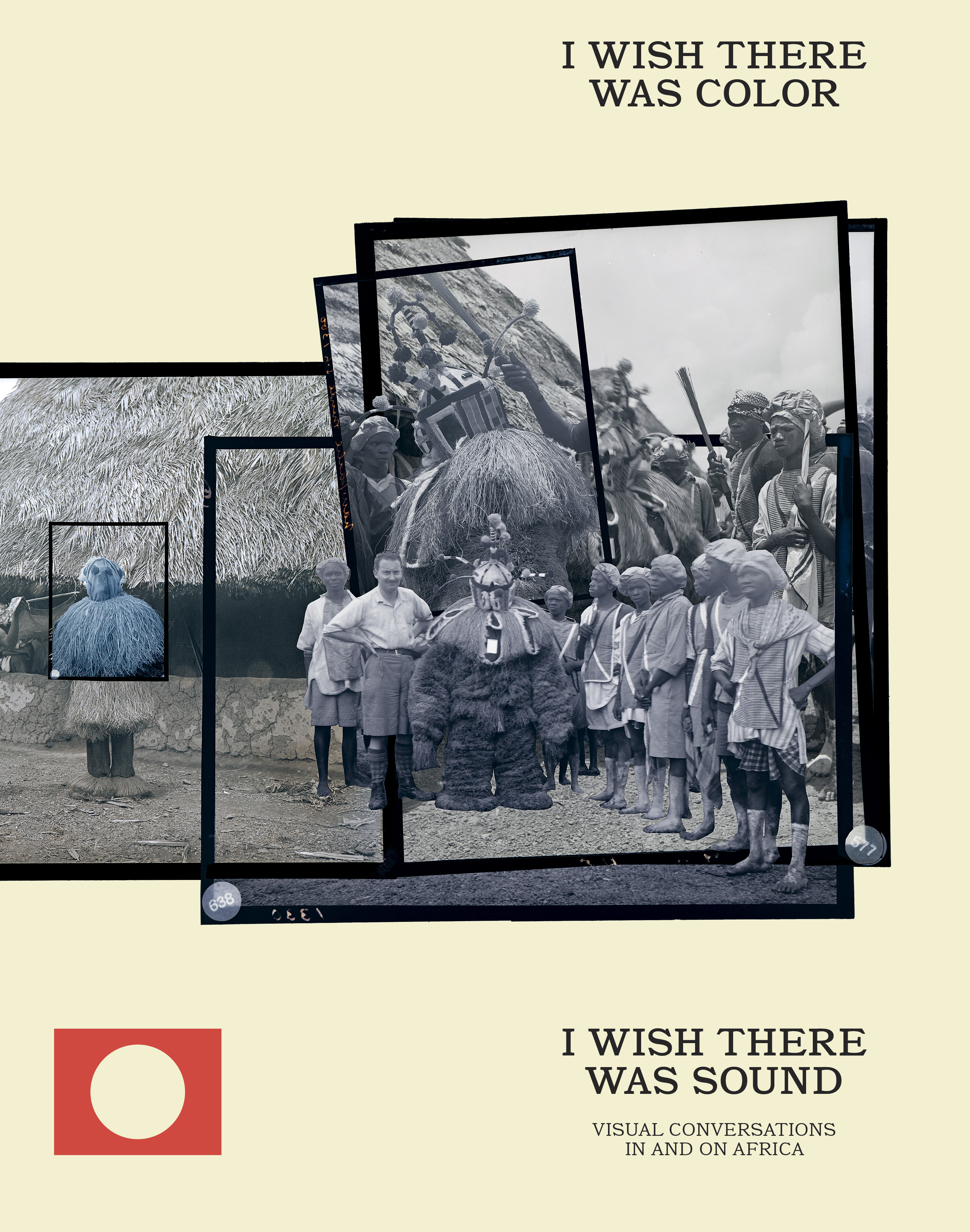Samenvatting
From the introduction by Birgit Donker (director) and Guinevere Ras (curator), Nederlands Fotomuseum: 'A museum is obliged to continually examine and question its collection. This certainly applies to the Nederlands Fotomuseum with its collection of more than six million images, the oldest of which dates from 1842 and the youngest from last year. How fortunate that we are not on our own, and that we can rely on researchers and artists to bring our rich collection into the present with their unique perspective. Andrea Stultiens is such an artist-researcher. For years she has studied the legacy of Paul Julien (1901-2001). Julien became famous with the travels he made to equatorial Africa between 1932 and 1962. These trips resulted in extensive photo and film reports, which were extremely popular at the time. Julien’s archive resides in the Nederlands Fotomuseum and in the Eye Film Museum. The images are extraordinary in their variety and consistent quality. At the same time, they are problematic. The image that Julien sketched of ‘the African’ was strongly influenced by Western colonial views. He also used controversial methods such as blood tests and (skull) measurements to investigate relationships between people of short height. Since 2012, Andrea Stultiens has been researching Paul Julien’s archive and imbuing it with new perspectives. In her project Reframing PJU, whose title refers to the archive code of Julien’s work, she seeks answers to questions such as: ‘To what extent are the photographs valuable or problematic for the descendants of the people portrayed in them and their communities?’ And: ‘What can we in the Netherlands learn about our ideas about ‘Africa’ by listening to what people whose heritage can be seen in the photos have to say about it?’ Stultiens’ work consists of more than just research. In her own words, she ‘activates’ the work of Paul Julien. This means that she literally brings it back to Liberia, for example, where she showed film footage of the legendary Chief Kwei Dokie to his descendants. For the first time they saw their ancestor, whom they only previously knew from stories. By showing Julien’s work in its original contexts and connecting it to the tradition of storytellers, the images take on a deeper meaning. The results of her research, travels and activation are generously shared by Stultiens. Not only via the PJU Facebook page, on Instagram and on the Reframing PJU website, but also in this publication, which was published in conjunction with the eponymous exhibition (May-September 2024) in the Nederlands Fotomuseum. During one of the many working days that Andrea Stultiens spent at the museum while photographing archive material, she summed up her passionate work on the PJU Collection as follows: ‘I want to contribute to the decolonisation debate with a radically nuanced look at the work of Paul Julien.’ At the Nederlands Fotomuseum we are pleased that this layered publication gives us the opportunity to share with the public how her initiative has added numerous perspectives to this part of our Collection.' This publication accompanies the exhibition I wish there was color / I wish there was sound in the Nederlands Fotomuseum in Rotterdam, the Netherlands (31st of May 2024 - 15th of September 2024).




